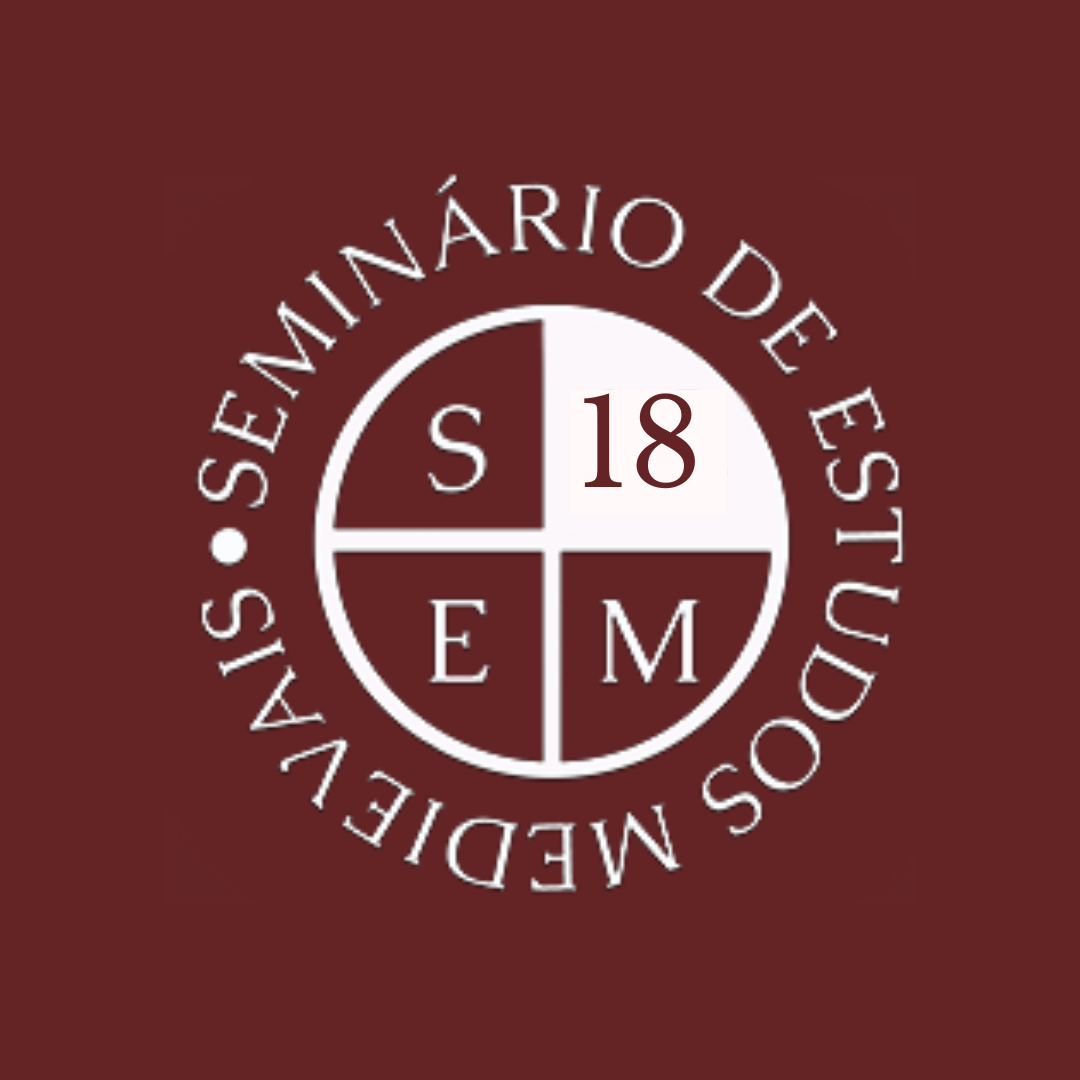Seminar in Medieval Studies: “Arte y masonería: mitos e imaginários medievales en el romanticismo” – David Martin López
6th Session
09.05.2018 | 16:00
ID uilding, Room 1.05, NOVA FCSH, Lisbon
Free entrance

European Freemasonry, ever since its philosophic origins in the 18th century, has maintained a close aesthetic relationship with the medieval period and the medieval past. The complex sphere of iconography and imagery of medieval Freemasonry, fostered during Romanticism, with particular relevance from the mid-19th century to the early 20th century, will be tackled by David Martín Lopes in the 6th session of the Seminar in Medieval Studies (SEM).
Through medieval constructions, in particular Gothic and Romanesque, Schinkel, Goethe, Walter Scott, among other Franco-Masonic intellectuals, perceived the meaning of the Temple of Solomon and all its symbolic hermeticism. This prior, heraldic feeling of European cultural romanticism influenced the Order of the Great Architect of the Universe, enabling the emergence of a series of aesthetic postulates and symbolisms, markedly medieval in character not only in terms of architecture and painting but also the other decorative arts, with remarkable results both in Spain and Portugal.
Biographical note
David Martín López received his European PhD in Art History from the University of Granada (2010), where he is currently Professor in the Department of Art History. His doctoral thesis, entitled: “Estética masónica, arquitectura y Urbanismo siglos XVIII-XX”, was awarded the Extraordinary Prize of the University of Granada. In addition to research stays in the UK and France, he was a Postdoctoral Fellow of the Spanish Ministry of Culture at NOVA University, in the Institute of Art History (2011-2013).
